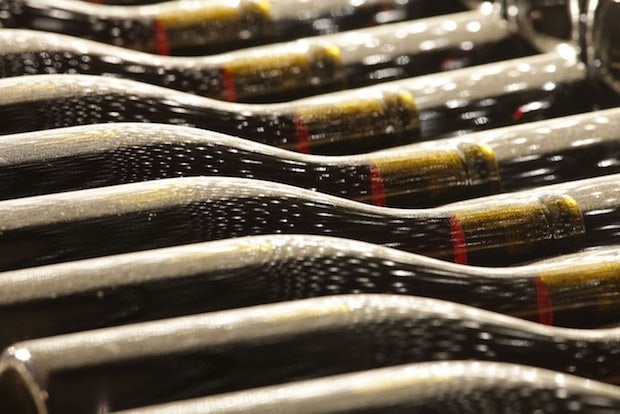In case you missed them the first time around, here are some of Jing Daily’s top posts for the week of May 7-11:
The Future Of Wine In China (Part 1)#

China’s wine market remains small compared to other alcoholic beverages, and wine remains an exception rather than the norm, competing with traditional Chinese spirits like baijiu as well as Western spirits such as whiskey and cognac, or mixed drinks and cocktails.
A key factor shaping the future of the wine market in China is whether it can grow deep enough roots to become part of consumers’ everyday lives. In part, this will depend on the direction and speed of China’s overall disposable income growth and distribution, i.e., the continuation of the “China urban middle class story.” In part — and this is an opportunity for Chinese wine companies in particular — given their understanding of Chinese consumers, it will depend on the industry’s ability to foster a stronger wine culture and relationship with wine.
Jing Daily Interview: Top Chinese Fashion Photographer, Chen Man#
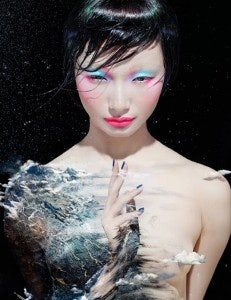
Since bursting onto the scene in 2003, Beijing native Chen Man (陈曼) has emerged as China’s leading fashion photographer. Having launched her career with Chinese Vision magazine, Central Academy of Fine Arts-trained Chen — known for her stylized, highly saturated and somewhat surreal imagery and otherworldly sense of color — has become one of her country’s most sought-after fashion photographers.
In recent years, Chen has made a name for herself shooting celebrities like Victoria Beckham, Faye Wong, Fan Bingbing and Domenico Dolce and Stefano Gabbana for the Chinese editions of magazines such as ELLE, Vogue and BAZAAR, as well as campaigns for brands like Shanghai Tang, Absolut, Celine, Shiseido and Coach. This year, Chen’s work has appeared on the cover of i-D magazine’s Chinese New Year issue, and Chen’s collaboration on a makeup collection with the New York-based cosmetic brand M.A.C. was released worldwide this March.
Lanvin Loves Beijing...But It's Not Alone#
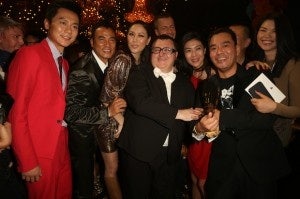
The reality of the situation is that the Chinese market is not an easy one to crack. If history is anything to go by, it’s a lesson in patience more than anything else. The brands that are currently profiting are the ones who have been present in the country for over 10 years. Many of them also have a strong presence in third- or fourth-tier cities, which are untapped goldmines thanks to large affluent populations that can’t travel to Beijing, Paris or Hong Kong to get their luxury fix.
Then you have the ever-changing face of the Chinese consumer. Two years ago it was difficult to spot women in anything less than head-to-toe designer looks. Now the local girl is matching her Gucci shoes with Acne jeans and a Rick Owens jacket. Who needs a logo, when a discreet white tack on the back of a jacket a la Margiela is way cooler?
The Most Valuable Luxury Demographic You Haven’t Heard About#
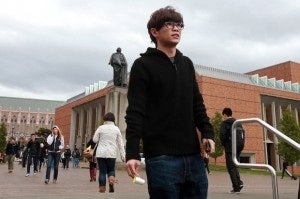
More than 50 percent of China luxury purchases are made while traveling abroad, and this roving pack of luxury hoarders has become the key differentiator of growth between major prestige brands: brands with significant presence on the High Streets of China’s major cities have benefited the most. In Europe, tourists (predominantly those from Asia) account for between 35 and 60 percent of luxury sales, according to HSBC.
But the less-talked-about, and arguably more influential, luxury spending vector is the Chinese overseas student community.
Jing Daily Q&A: Designer Thomas Dariel Of Shanghai's Dariel Studio#
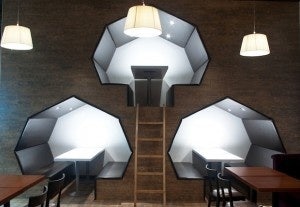
Over the past six years, Thomas Dariel of the Shanghai-based interior design firm Dariel Studio has had a hand in creating some of the city’s most instantly recognizable living spaces, restaurants and bars, boutique hotels and concept stores. In addition to his work with celebrated chef David Laris (Jing Daily interview) on Shanghai restaurants such as Yucca, the Fat Olive, 12 Chairs and the Purple Onion, Dariel has worked with major luxury brands and international groups such as Johnnie Walker (for its Johnnie Walker House in Shanghai), Christofle, Hermès, MHD, Starwood and Golden Tulip. Going off on his own in late 2011 after over five years under the name Lime388, Dariel currently has a portfolio of over 50 projects under his belt in China, not only in Shanghai but also in Sheshan, Zhouzhuang and Beijing.
